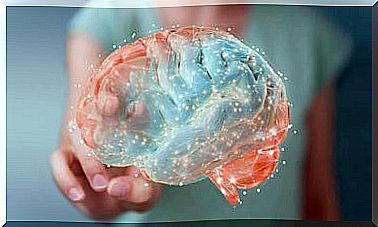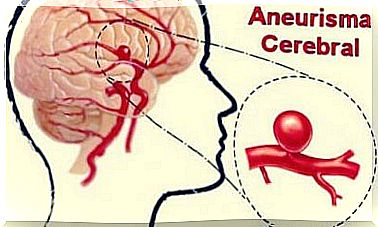The Claimed Crying

Crying is definitely not pleasant; But whether we like it or not, it is an inseparable part of our human nature. In fact, it is generally the first thing a newborn does when coming into the world, and it is the first form of communication that a baby has. The reasons why we cry are varied: sadness, frustration, anger, and even joy. Therefore, it is well worth exploring this emotional manifestation that we all experience at some point.
Do not Cry!
This is told to us countless times throughout our lives, because crying is associated with suffering and weakness, situations that people prefer to avoid. Many people feel anxious and do not know what to do in the face of someone who bursts into tears, as if it were something terrible, when in fact it is so normal.
So we grow up repressing this expression of our psychological discomfort. And not to mention the case of men, where the outlook is more serious, because socially it is perceived that crying by a member of the male gender is an alarming lack of character and strength.
The stereotypes and prejudices that society has created around crying is unnecessary and even counterproductive, since this only generates a volcano of repressed emotions that makes them dangerous, when a simple cry in time would level the waters.
After the storm comes the calm
Our body is wise, and crying exists because it fulfills important functions for the balance of our organism and our mind. From a physiological point of view, two hormones that complement each other are released: adrenaline and norepinephrine. The first prepares us to face stressful situations, while the second relaxes us after the tension has been released.
That is why, although when we start crying we feel agitated and restless, after a good crying session, we enter a state of calm and relaxation, like that serenity that comes after a strong storm.
To cry with pride!
Emotional intelligence is the ability to be aware of our emotions, as well as to accept them without judgment and to express them assertively. Let’s see some keys to apply these principles to crying:
• Stay in touch with your emotions, allow yourself to feel them all, without discriminating any ; even if your first reaction is to ignore or reject them. They want to communicate an important message to you, that if you don’t listen, they will look for another way out, which unfortunately will not be under your control, and the result will be worse.
• Once you have given your emotions space, do not judge them or tell yourself that you are foolish or weak for feeling them ; you are simply human. Take a few deep breaths while feeling body sensations, such as tightness in your chest, a lump in your throat, or muscle tension. If at that moment you feel like crying, accept it and let the crying out.
• Be compassionate to yourself while crying. Benevolently assume your human fragility, which we all share. During crying, try to give yourself messages of support and understanding.
• If you follow these guidelines, paradoxically crying will make you stronger, because you will gain self-esteem and greater respect for yourself, accepting yourself completely, not just the moonlit face.
In conclusion, the biggest problem with crying is not the mere fact of crying, but the repression behind crying. Thus, releasing long-held emotions and thoughts will aggravate the problem.
Therefore, the ideal is to release little by little, repress less, get in touch with our experiences, feelings and emotions, and give them an orderly exit.









